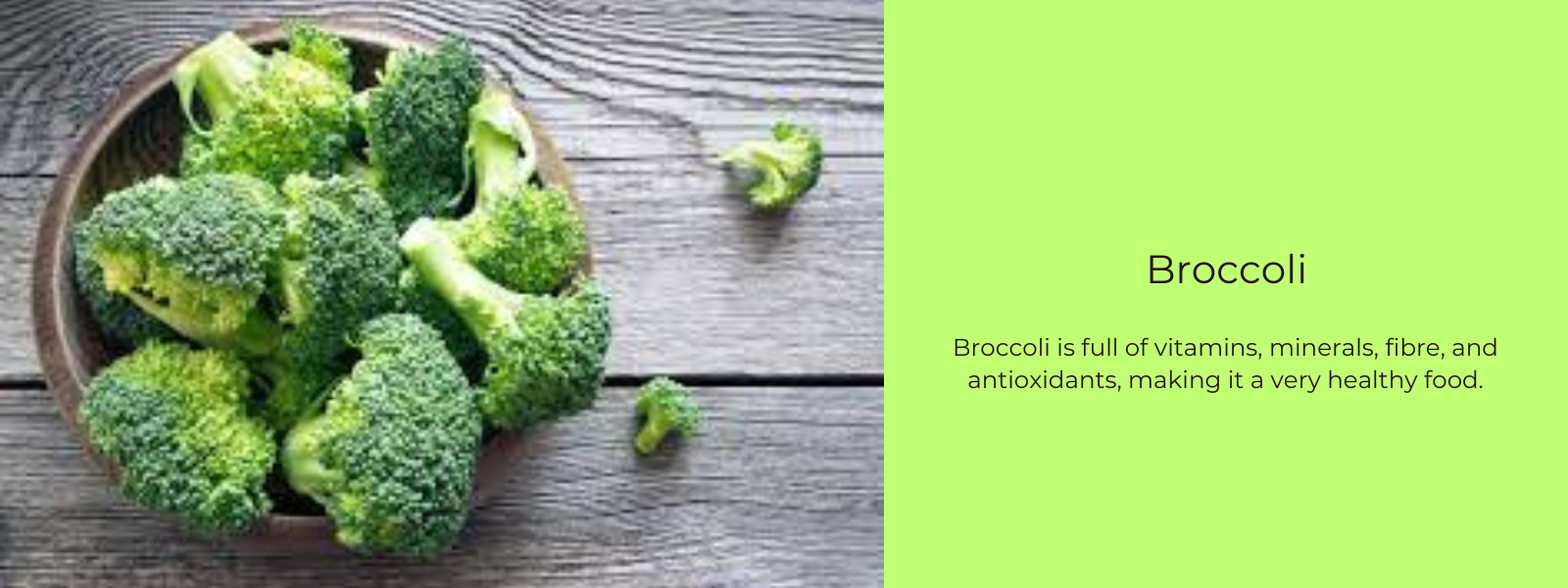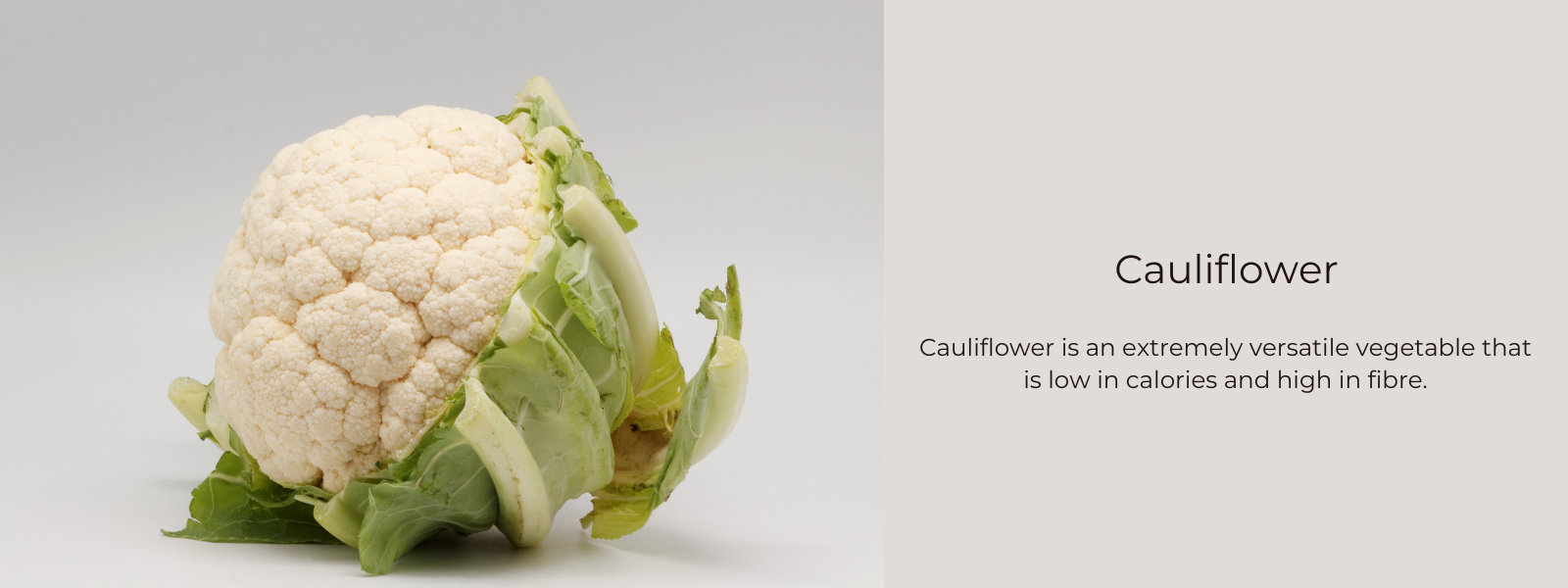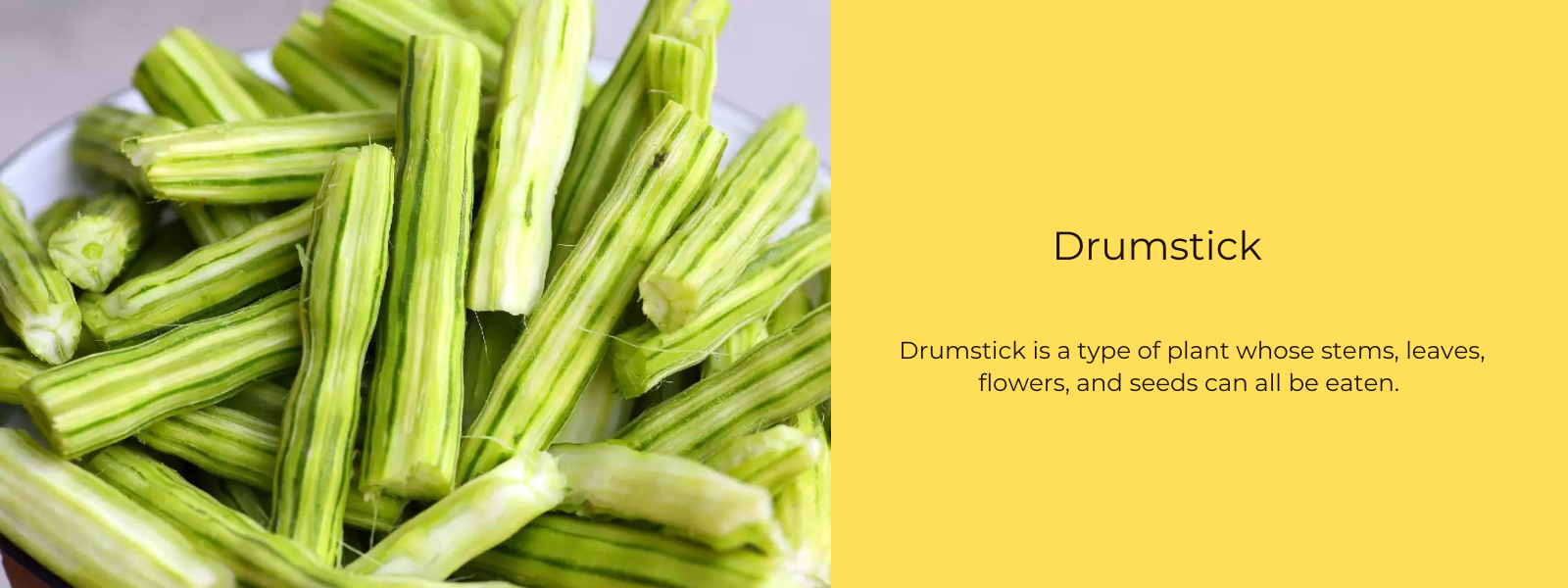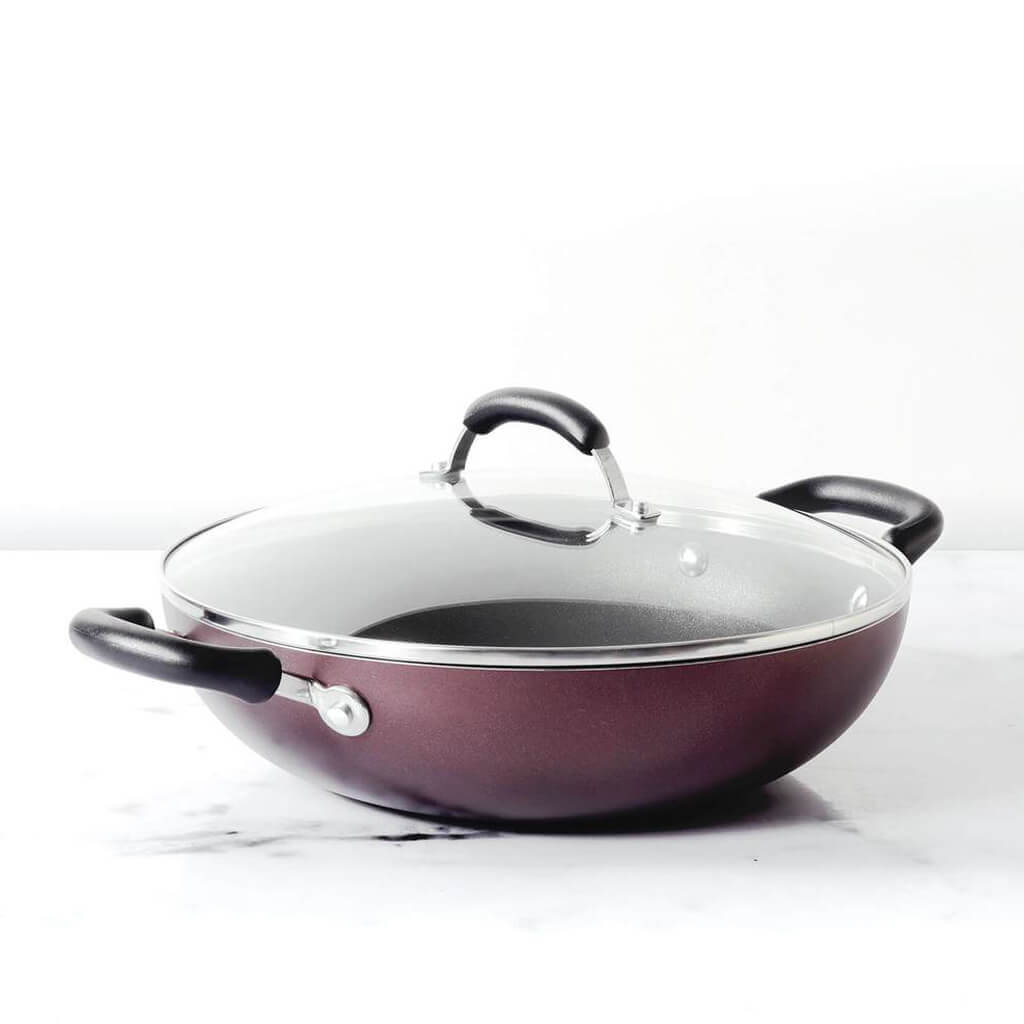Aubergine, also known as the eggplant, brinjal, baigan, guinea squash, garden egg and melongene, is a true lady of mystery because of her deep purple hue and stretched egg-like shape. As aubergine has fewer calories than any other vegetable, more beneficial elements, a unique flavour, and a sponge-like texture, but she was once thought to be toxic.
Although technically an aubergine is a berry, it is most commonly used as a vegetable in cooking. Although aubergines can be found in a variety of hues, the most common variety has a firm, smooth purple skin.
Table of Contents
Why is it called aubergine?
The eggplant's other name comes from a very straightforward line of thinking. It all comes down to where you are.
The French word aubergine is the most common way of referring to aubergine in Europe. The colour inspired the original name, which was not "eggplant." The French word aubergine meant "purple-brownish colour," which is an apt description.
Early aubergines imported to North America from Europe were typically white in colour (though they came in a range of hues) and had a glossy, smooth exterior. That's why people started calling them eggplants.
You may or may not be aware that brinjal is a third name for aubergines. Eggplants are known as brinjal in South Asia.
Varieties of aubergine:
The most common and useful aubergine is the Italian aubergine, which is a distinctive dark purple colour. However, other colours, including white, black, green, and red, are also available.
There is a wide range of size and form among available options. The most common type of eggplant used is Italian, and it shows up in many well-known meals including ratatouille, moussaka, parmigiana, pizza, and pasta. The 'Toga' type, on the other hand, is atypical in appearance (orange with green stripes) and flavour (strong). The Chinese aubergine is perfect for stir-fries and pickles because of its length, thinness, and dark lavender colour. The Filipino aubergine is best used when roasted or mashed; it is long and slender and dark green with traces of light purple.
Japanese aubergines are sweeter in flavour and shorter and thinner with dark purple skin and dark-colored stems; they often are pickled or used in tempura. Indian aubergines are dark red and little (about the size of an egg) and are typically prepared in curries, soups, and stews. The Thai aubergine, which is green, spherical, and considerably smaller than other varieties, makes for excellent curries.
Are eggplant and aubergine the same?
The terms "aubergine" and "eggplant" refer to the same food item. There is no difference between eggplants and aubergines, two names for the same plant.
Eggplants, tomatoes, potatoes, chilli peppers, and even tobacco all belong to the same family of plants called nightshades.
It's also one of those foods we think of as vegetables but is actually a fruit; aubergine is a berry.
Uses of aubergine:
While eggplant's savoury flavour makes it a popular vegetable, it's actually a fruit, just like its close relative the tomato. This is due to the fact that it develops from a flower's fertilised ovary. Eggplants are grown from blossoms that can be either white or purple. The fruit has a meaty feel and a prickly stalk. If you can believe it, an aubergine is a berry in the botanical world.
The aubergine fruit can be used in many different dishes. When fried, they take on the flavour and texture of soft crabs and are wonderful. They can also be cooked with breadcrumbs or stewed to make a tasty gravy. For this reason, they are frequently substituted for meat. Vegetarians who frequent Italian restaurants might get aubergine parmigiana as a delicious substitute for meat.
Nutritional value of aubergine:
Nutritionally, aubergines can help you meet your daily requirements for several vitamins and minerals. They have almost little fat, few calories, salt, or cholesterol, and are a good source of folic acid. Minerals such as magnesium, copper, phosphorus, and potassium may be found in abundance in aubergines, making them an e\xcellent addition to any diet.
Health benefits of aubergine:
The skin of aubergines is the best natural source of nasunin, an antioxidant with anti-aging qualities that works by preventing iron accumulation and neutralising free radicals. Don't just throw it away! Nasunin has anti-cancer characteristics, since it prevents the formation of new blood vessels while maintaining the health of existing ones by keeping them clean and relaxed. It also protects the lipids (fats) in brain cell membranes.
The phenolic compounds in aubergines have been shown to actively lower blood pressure, cholesterol, and assist prevent the formation of blood clots, and the flavonoids they contain also play a significant role in heart health. As a high-fiber, low-fat diet with potential benefits for regulating glucose absorption and lowering blood pressure in people with type 2 diabetes, regular eating of eggplant is recommended.
The leaves and roots of the eggplant can be juiced to treat a variety of ailments, including those of the throat and stomach as well as asthma, toothache, rheumatism, and skin issues.











Leave a comment